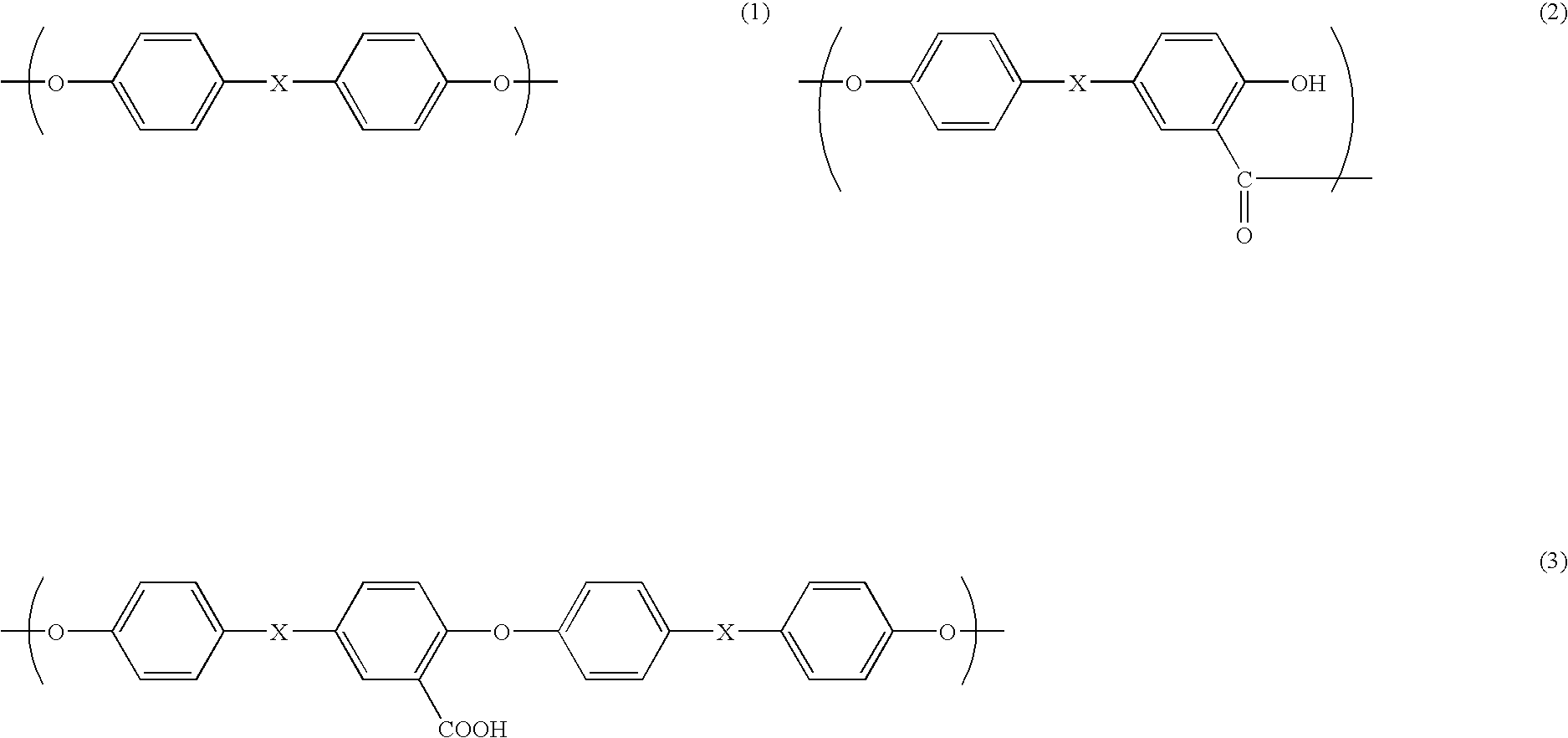Polycarbonate Resin Composition and Heat Ray Shielding Molded Product
a technology of polycarbonate resin and heat ray shielding, which is applied in the direction of heat proofing, film/foil adhesives, instruments, etc., can solve the problems of excessive temperature increase of inside room, insufficient weather resistance of obtained increase in the haze of heat ray shielding materials, etc., to achieve excellent transparency, low solar transmittance, and low haze
- Summary
- Abstract
- Description
- Claims
- Application Information
AI Technical Summary
Benefits of technology
Problems solved by technology
Method used
Image
Examples
examples
[0071]The present invention is described in more detail below by way of the examples. However, the examples are only illustrative and therefore the present invention is not limited to these examples. The materials used in each Example and Comparative Example and evaluation methods of obtained compositions and molded products therein are shown in the following.
(1) Polycarbonate Resin:
[0072]*PC-1: Polycarbonate resin produced by transesterification method (Viscosity-average molecular weight=21,000,
Concentration of end hydroxyl group=1000 ppm,
Heterogeneous structure amount=0.30 mol %)
*PC-2: Polycarbonate resin produced by transesterification method (Viscosity-average molecular weight=21,000, Concentration of end hydroxyl group=150 ppm, Heterogeneous structure amount=0.35 mol %)
*PC-3: Polycarbonate resin produced by interfacial method (trade name “Iupiron S-3000” produced by Mitsubishi Engineering-Plastics Corporation, Viscosity-average molecular weight of 21,000, Concentration of end h...
PUM
| Property | Measurement | Unit |
|---|---|---|
| Fraction | aaaaa | aaaaa |
| Fraction | aaaaa | aaaaa |
| Percent by mass | aaaaa | aaaaa |
Abstract
Description
Claims
Application Information
 Login to View More
Login to View More - R&D
- Intellectual Property
- Life Sciences
- Materials
- Tech Scout
- Unparalleled Data Quality
- Higher Quality Content
- 60% Fewer Hallucinations
Browse by: Latest US Patents, China's latest patents, Technical Efficacy Thesaurus, Application Domain, Technology Topic, Popular Technical Reports.
© 2025 PatSnap. All rights reserved.Legal|Privacy policy|Modern Slavery Act Transparency Statement|Sitemap|About US| Contact US: help@patsnap.com

